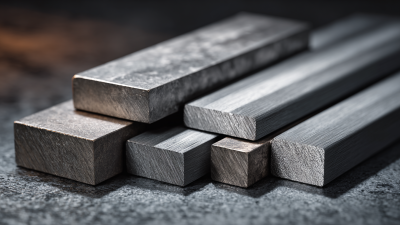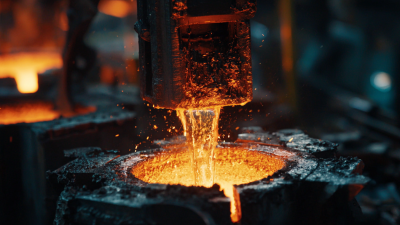Leave your message now to get your free sample and discount price
Leave your message now to get your free sample and discount price
In the rapidly evolving landscape of modern manufacturing, the importance of robust and adaptable materials cannot be overstated. One material that has gained significant attention is Tungsten Carbide Casting, known for its exceptional hardness and wear resistance. This introduction will delve into the myriad benefits and applications of Tungsten Carbide Casting, highlighting its unparalleled durability and versatility across various industries. From aerospace to metalworking, the unique properties of Tungsten Carbide Casting allow manufacturers to push the boundaries of innovation while ensuring product longevity and performance. As we explore the key advantages and practical tips for utilizing this advanced material, it becomes evident that embracing Tungsten Carbide Casting is essential for those aiming to optimize their manufacturing processes and meet the demands of a competitive market.
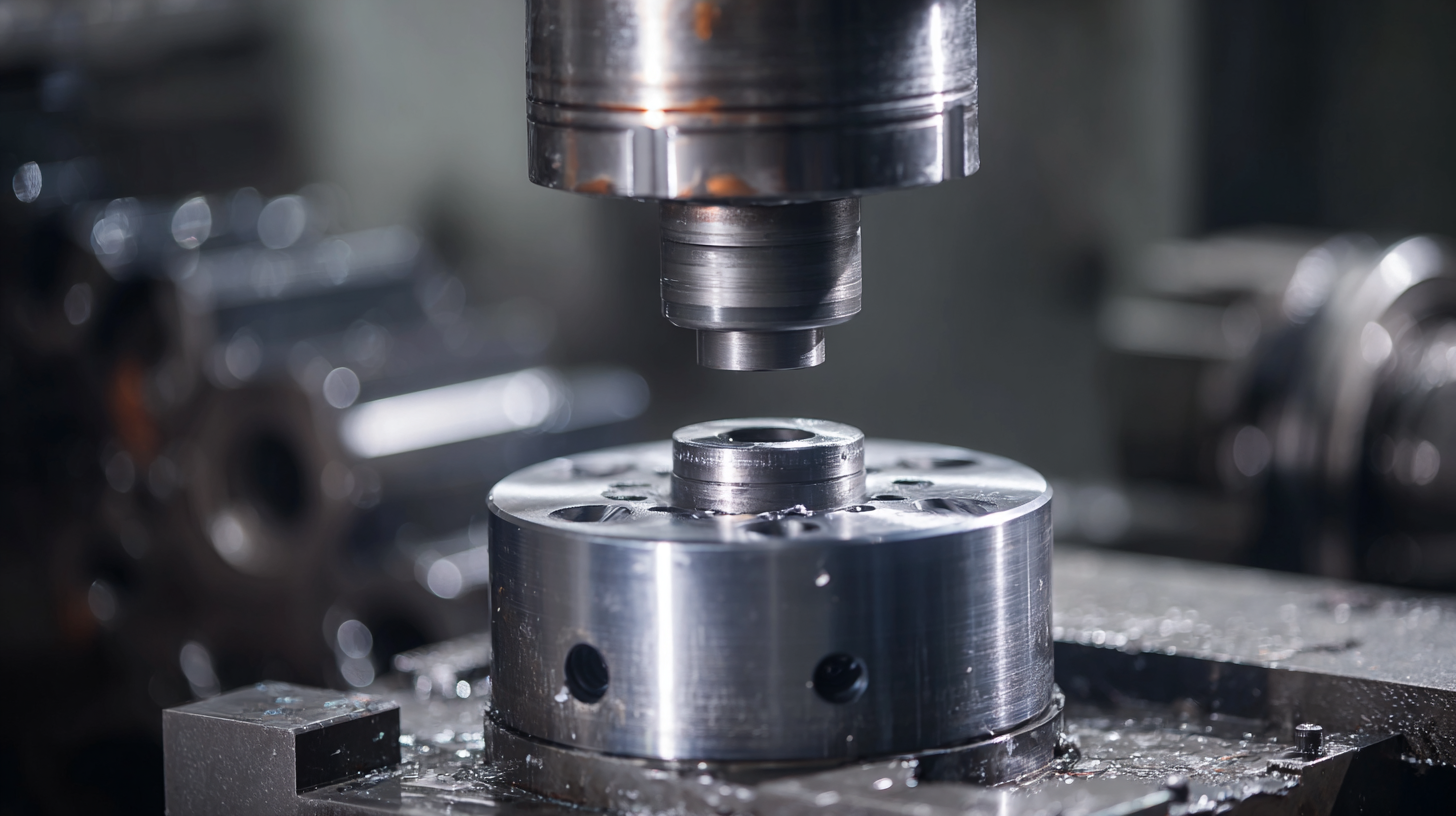
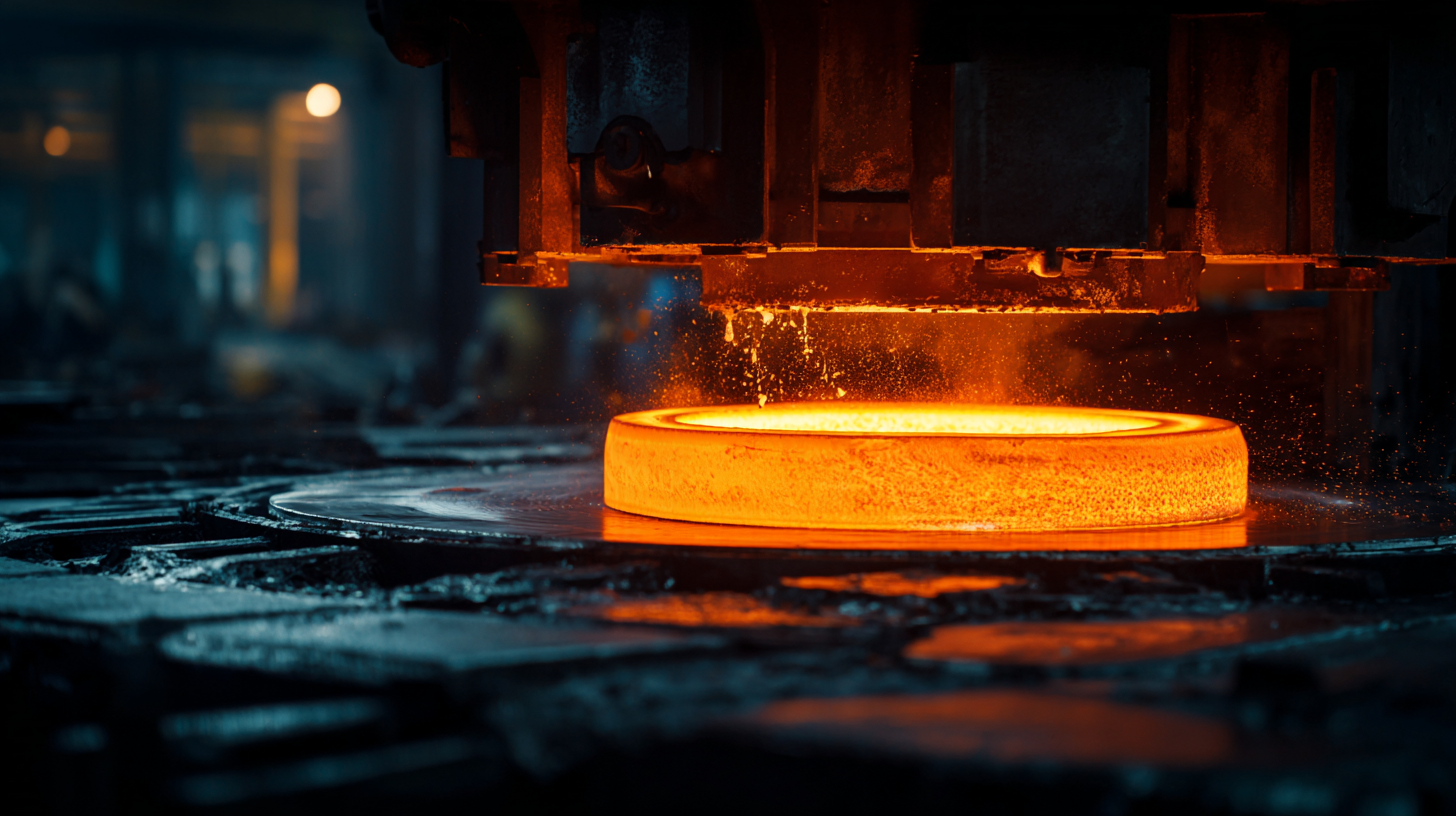 Tungsten carbide is renowned for its exceptional hardness and durability, making it a preferred material in various manufacturing applications. Its unique properties, including high resistance to wear and corrosion, ensure longer tool life and reduced downtime for maintenance. This makes tungsten carbide particularly valuable in industries such as mining, metalworking, and manufacturing where precision and reliability are crucial.
Tungsten carbide is renowned for its exceptional hardness and durability, making it a preferred material in various manufacturing applications. Its unique properties, including high resistance to wear and corrosion, ensure longer tool life and reduced downtime for maintenance. This makes tungsten carbide particularly valuable in industries such as mining, metalworking, and manufacturing where precision and reliability are crucial.
Tip: When selecting tungsten carbide components, consider the specific application requirements. Factors such as temperature, load-bearing capacity, and contact wear can significantly influence performance and longevity.
Another significant advantage of tungsten carbide is its versatility. It can be cast into various shapes and sizes, enabling manufacturers to create specialized tools and components tailored to specific operational needs. This adaptability allows companies to innovate and meet the evolving demands of their industries efficiently.
Tip: Incorporating tungsten carbide tooling into your manufacturing processes can enhance productivity. However, ensure that your equipment is compatible with its dense nature to prevent excessive wear on machinery.
Tungsten carbide casting has found a crucial role in modern manufacturing, particularly due to its exceptional durability and adaptability across various industrial applications. In sectors like aerospace, automotive, and mining, the resilience of tungsten carbide is harnessed to produce components that withstand extreme wear, heat, and corrosion. This remarkable material is often utilized in tools, dies, and wear-resistant parts, making it indispensable in high-performance environments.
Furthermore, the introduction of advanced manufacturing techniques has expanded the versatility of tungsten carbide casting. It can be integrated into complex designs, enabling the production of intricate geometries that meet specific operational requirements. As industries continue to innovate, the applications of tungsten carbide are likely to evolve, supporting advancements in thermal management and electrical applications, particularly in power semiconductors. This evolution is critical, especially as global trends and supply chain dynamics, such as China’s recent tungsten export restrictions, underscore the strategic importance of this material in sustaining industrial progress.
This chart illustrates the various applications of tungsten carbide casting in modern industries, showcasing their durability and versatility across different sectors.
Tungsten carbide stands out as a superior material in the manufacturing landscape, especially when compared to other materials like boron carbide and silicon carbide. While boron carbide is projected to reach a market size of USD 366.2 million by 2034, its applications primarily focus on lightweight and high-temperature resistant components, often falling short in versatility compared to tungsten carbide. The latter’s exceptional hardness and wear resistance make it ideal for a wide range of industrial applications, from cutting tools to mining and drilling equipment.
Similarly, the silicon carbide market is anticipated to grow significantly, boosted by the electric vehicle sector, yet it often lacks the toughness and durability inherent in tungsten carbide. The comparative analysis of these materials reveals that while they each have unique benefits, tungsten carbide offers a comprehensive solution that combines hardiness with adaptability, making it a preferred choice for modern manufacturing needs. By integrating the advantages of tungsten carbide, manufacturers can enhance performance and longevity in their products, thereby achieving superior operational efficiency.
Tungsten carbide casting has seen considerable innovations that enhance its application in various manufacturing sectors. Recent experimental studies have focused on how age-hardening temperatures and cooling mediums influence the tribological behavior of aluminum/tungsten carbide metal matrix composites. These composites exhibit significant improvements in hardness and wear resistance, making them ideal for demanding applications where durability is critical. This highlights the ongoing trends toward optimizing casting processes to achieve superior material properties, vital for industries relying on high-performance components.
Moreover, advancements in tungsten carbide casting techniques are reshaping industries like mining and drilling. For instance, new methods are improving the strength and erosion resistance of drilling components, particularly in the fabrication of PDC bits, where the choice between tungsten carbide and steel bodies plays a crucial role in performance. According to industry reports, the use of tungsten carbide in manufacturing can enhance tool life by up to 50%, making it a compelling choice for many industrial applications.
Tips for manufacturers looking to leverage these advancements include investing in research for optimal casting conditions and exploring innovative material combinations to improve product longevity. Additionally, collaborating with research institutions can provide insights into cutting-edge techniques that further enhance the versatility of tungsten carbide in modern manufacturing.
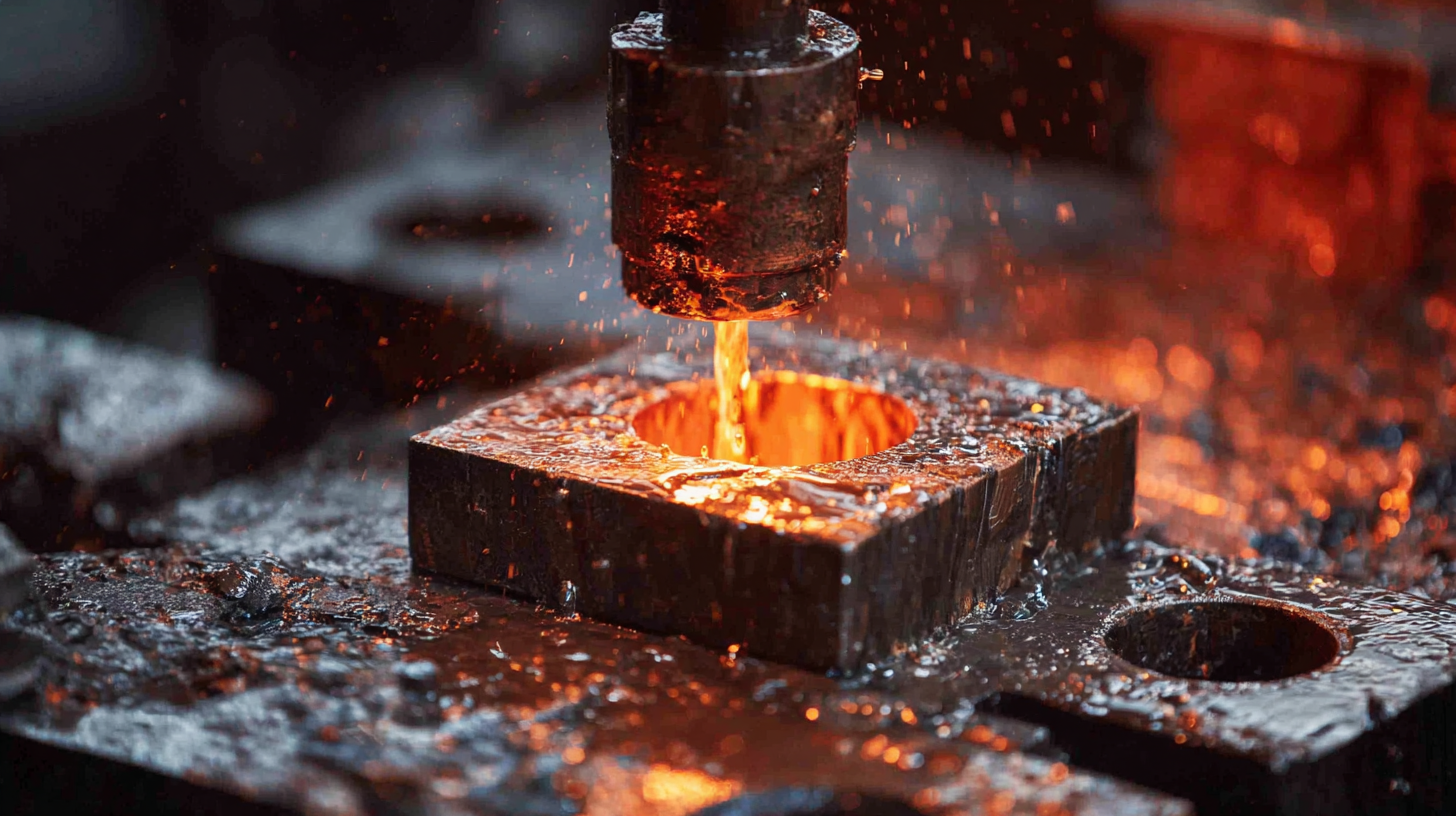
The fabrication of tungsten carbide casting presents several challenges that manufacturers must navigate to utilize this highly durable material effectively. One of the primary issues lies in the high brittleness of tungsten carbide, particularly when subjected to rapid temperature changes during machining processes. According to a 2022 report by the International Society of Advanced Manufacturing, approximately 30% of tungsten carbide parts experience structural failures due to improper thermal treatment, underscoring the importance of controlled manufacturing environments. To address this, manufacturers are increasingly investing in advanced heating technologies that ensure uniform temperature distribution, thereby enhancing the overall resilience of the final products.
Another challenge in tungsten carbide fabrication is its complex machining requirements. The material's hardness, rated at 9 on the Mohs scale, necessitates the use of specialized tooling and equipment, which can escalate production costs. A study by the Global Manufacturing Research Institute revealed that up to 25% of operational costs in tungsten carbide machining can be attributed to tooling wear and maintenance alone. To mitigate these expenses, manufacturers are exploring innovative cutting tools made from alternative materials, such as polycrystalline diamond (PCD), which show superior performance and longevity. Incorporating these solutions not only improves efficiency but also extends the lifespan of manufacturing tools, making tungsten carbide casting a more viable option in various industries.
| Dimension | Value |
|---|---|
| Density (g/cm³) | 14.5 |
| Hardness (Mohs scale) | 9 |
| Wear Resistance (mm³) | 10 |
| Tensile Strength (MPa) | 3450 |
| Coefficient of Thermal Expansion (×10⁻⁶/K) | 5.5 |
| Heat Resistance (°C) | 800 |
| Common Applications | Cutting Tools, Dies, Wear Parts |
| Primary Challenges | Brittleness, Complexity in Machining |
| Potential Solutions | Improved Alloying, New Fabrication Techniques |


